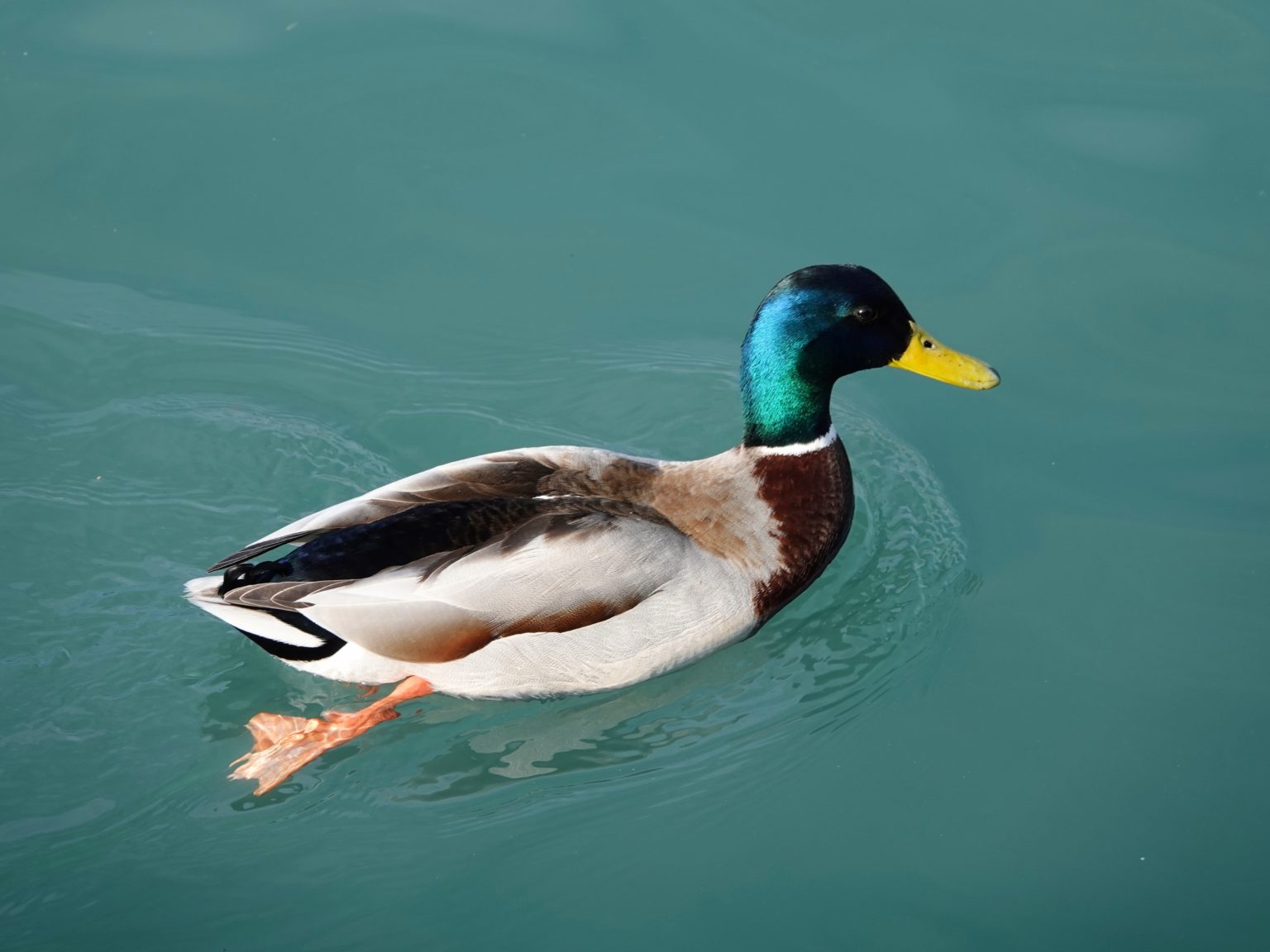Lame Duck: A Guide to Post-Election Transitions is a useful resource for understanding the complexities of the post-election transition period.
![]()
Lame Duck Icon Style 20788266 Vector Art at Vecteezy - Source www.vecteezy.com
Editor's Notes: Lame Duck: A Guide to Post-Election Transitions is a publication released recently. Given the relevance of post-election transitions in ensuring smooth political transitions, this guide offers valuable insights into the process.
To provide our readers with comprehensive information, our team has analyzed various sources and conducted thorough research. This guide aims to assist individuals in understanding the significance of post-election transitions and making informed decisions.
Key Differences: Comparing Post-Election Transition Scenarios
| Scenario | Characteristics |
|---|---|
| Incumbent Wins | Continuity in policies and initiatives; smooth transition. |
| Challenger Wins | Significant policy changes; potential for disruptions; need for cooperation. |
| Close Election Results | Contested outcomes; legal challenges; possible delays in transition. |
Main Article Topics:
FAQs
This FAQ section provides answers to commonly asked questions regarding post-election transitions and the challenges faced by lame-duck governments.
Question 1: What is a lame-duck government, and what are its limitations?
A lame-duck government refers to an administration that has lost an election but remains in power until the newly elected government takes office. During this period, lame-duck governments typically face constraints in their ability to enact significant policy changes or make major appointments due to the diminished political capital and the need to respect the mandate of the incoming administration.

Roundup: Lame Duck Period - Election SOS - Source electionsos.com
Question 2: What are the potential risks and challenges associated with lame-duck periods?
Lame-duck periods can pose various risks and challenges. One concern is the potential for outgoing administrations to engage in actions that may undermine the incoming government's ability to govern effectively. For instance, lame-duck governments may rush through controversial appointments or policies that the incoming administration may find difficult to reverse. Additionally, there is a risk of political gridlock and legislative inaction during lame-duck periods, as outgoing and incoming administrations may have differing priorities and agendas.
Question 3: What steps can be taken to mitigate the risks and challenges of lame-duck periods?
To mitigate the risks associated with lame-duck periods, various steps can be taken. One important measure is for outgoing and incoming administrations to engage in cooperative and transparent transitions. This involves sharing information, facilitating briefings, and establishing mechanisms for ongoing communication. Additionally, outgoing administrations should exercise restraint in making significant policy changes or appointments that could bind the incoming government. By fostering a spirit of cooperation and respecting the incoming administration's mandate, lame-duck periods can be managed effectively.
Question 4: How can the public and stakeholders engage in the lame-duck transition process?
The public and stakeholders can play a role in facilitating smooth lame-duck transitions by monitoring the actions of outgoing administrations and holding them accountable for responsible governance. By engaging in dialogue and advocating for transparency and cooperation, the public can help ensure that lame-duck periods are managed in a manner that minimizes risks and supports a seamless transition to the incoming government.
Question 5: What are some historical examples of successful or challenging lame-duck transitions?
Historical examples of both successful and challenging lame-duck transitions provide valuable lessons. Successful transitions often involve cooperation and dialogue between outgoing and incoming administrations, while challenging transitions may arise when outgoing governments engage in controversial actions or fail to facilitate a smooth transition. By studying historical examples, we can gain insights into best practices and potential pitfalls associated with lame-duck periods.
Question 6: What are the key takeaways for managing lame-duck transitions effectively?
Key takeaways for managing lame-duck transitions effectively include fostering cooperation, exercising restraint, respecting the incoming administration's mandate, promoting transparency, and engaging the public and stakeholders. By adhering to these principles, outgoing governments can help ensure a smooth transition and support the incoming administration's ability to govern effectively.
In conclusion, understanding the challenges and risks associated with lame-duck periods is essential for ensuring a smooth transition of power. Through cooperative efforts, transparent communication, and respect for the incoming administration's mandate, the potential risks can be mitigated, and lame-duck periods can be managed effectively.
Tips
Post-election transitions can be challenging and complex. By following these tips, you can help ensure a smooth and successful handover of power.
Tip 1: Establish a Transition Team
Form a team of experienced and trusted individuals to coordinate the transition and collaborate with the incoming administration.
Tip 2: Prepare a Transition Plan
Develop a detailed plan outlining key steps, timelines, and responsibilities to facilitate a seamless transfer of authority.
Tip 3: Communicate with the Incoming Administration
Establish open and transparent lines of communication to exchange information, consult on policy decisions, and plan for the future.
Tip 4: Preserve Institutional Knowledge
Document and retain important records, policies, and procedures to ensure continuity in operations and decision-making.
Tip 5: Facilitate a Smooth Fiscal Transition
Collaborate with the incoming administration to prepare budget proposals, determine funding priorities, and ensure fiscal stability during the transition.
Tip 6: Support the Incoming Administration
Lame Duck: A Guide To Post-Election Transitions Provide resources, access to information, and support services to assist the incoming administration in assuming office effectively.
Tip 7: Foster a Positive and Respectful Environment
Maintain a professional and respectful atmosphere throughout the transition, promoting collaboration and cooperation between the outgoing and incoming administrations.
Tip 8: Ensure a Secure Transfer of Power
Establish a robust security plan to ensure a safe and orderly exchange of personnel, assets, and critical infrastructure.
Lame Duck: A Guide To Post-Election Transitions
A lame duck is a politician who has lost or is about to lose an election but remains in office for a period of time. This can create a number of challenges for both the lame duck and the incoming administration.
- Limited Authority: The lame duck's authority is often diminished, as many people view them as no longer being fully in charge.
- Attention On Successor: The media and public often focus more on the incoming administration than on the lame duck.
- Potential For Obstruction: The lame duck may be tempted to obstruct the incoming administration's agenda.
- Difficulty Passing Legislation: The lame duck may have difficulty passing legislation, as members of Congress may be unwilling to support a president who is on his way out.
- Risks To Reputation: The lame duck's reputation may be damaged if they are perceived as being ineffective or obstructionist.
- Need For Cooperation: Both the lame duck and the incoming administration need to cooperate in order to ensure a smooth transition of power.
The lame duck period can be a challenging time for both the outgoing and incoming administrations. However, by working together, they can ensure that the transition of power is smooth and that the country continues to function effectively.

Outlook: Members brace for lame-duck earthquack - Source www.nationaljournal.com
Lame Duck: A Guide To Post-Election Transitions
The post-election transition period, often referred to as the "lame duck" period, is a critical time in the political process. During this time, the outgoing president and their administration must work to ensure a smooth transition of power to the incoming president. This can be a challenging task, as the outgoing president may be feeling defeated or resentful, and the incoming president may be eager to make changes. However, it is essential that both sides work together to ensure a peaceful and orderly transfer of power.
![]()
Lame Duck Vector Icon Style 22197675 Vector Art at Vecteezy - Source www.vecteezy.com
There are a number of factors that can make the lame duck period difficult. One is the fact that the outgoing president is no longer in a position to make major policy decisions. This can lead to a sense of frustration and powerlessness, which can make it difficult for the president to work effectively with the incoming president. Another factor that can make the lame duck period difficult is the fact that the incoming president is often eager to make changes. This can lead to tension between the two sides, as the outgoing president may feel that their legacy is being threatened.
Despite these challenges, it is essential that both sides work together to ensure a smooth transition of power. The outgoing president should be willing to cooperate with the incoming president, and the incoming president should be respectful of the outgoing president's legacy. By working together, the two sides can ensure that the transition of power is peaceful and orderly.
Table: Key Challenges and Practical Applications
| Challenge | Practical Application |
|---|---|
| Outgoing president feels defeated or resentful | Encourage the outgoing president to focus on their legacy and the positive contributions they have made. |
| Incoming president eager to make changes | Encourage the incoming president to be respectful of the outgoing president's legacy and to work with them to ensure a smooth transition. |
| Lack of cooperation between the two sides | Facilitate communication between the two sides and encourage them to work together in a spirit of cooperation. |